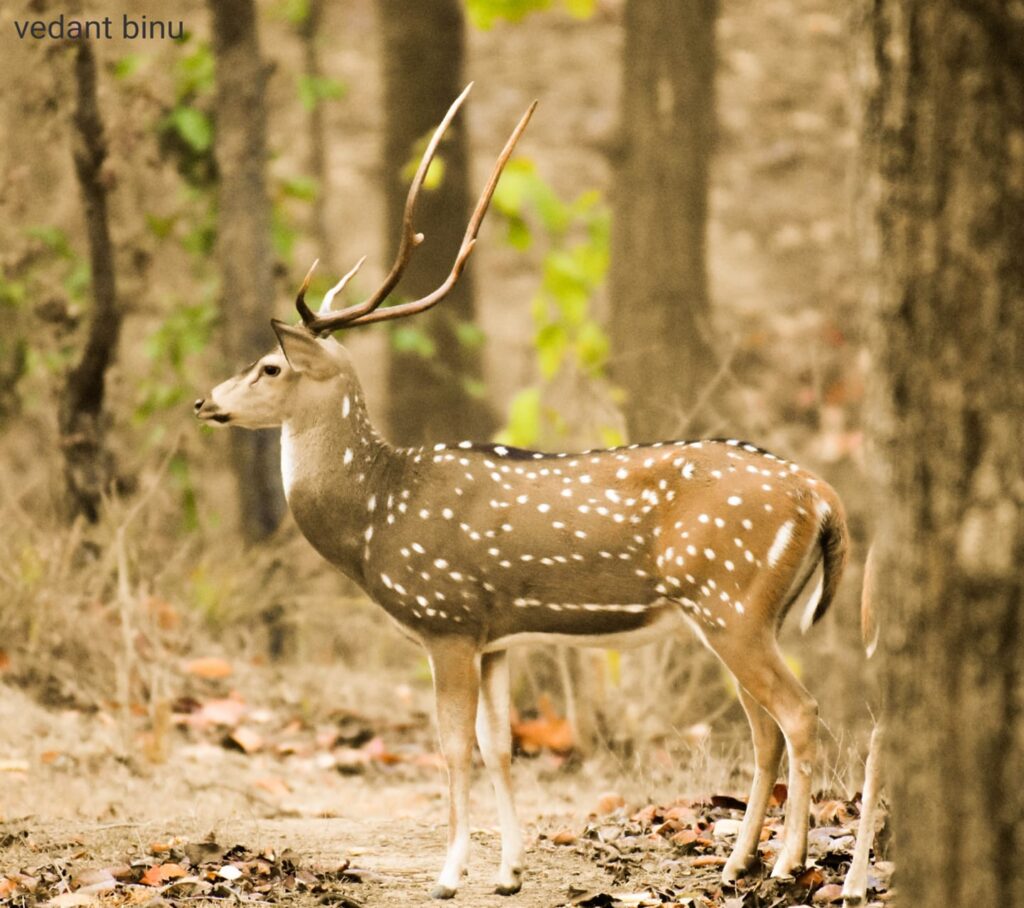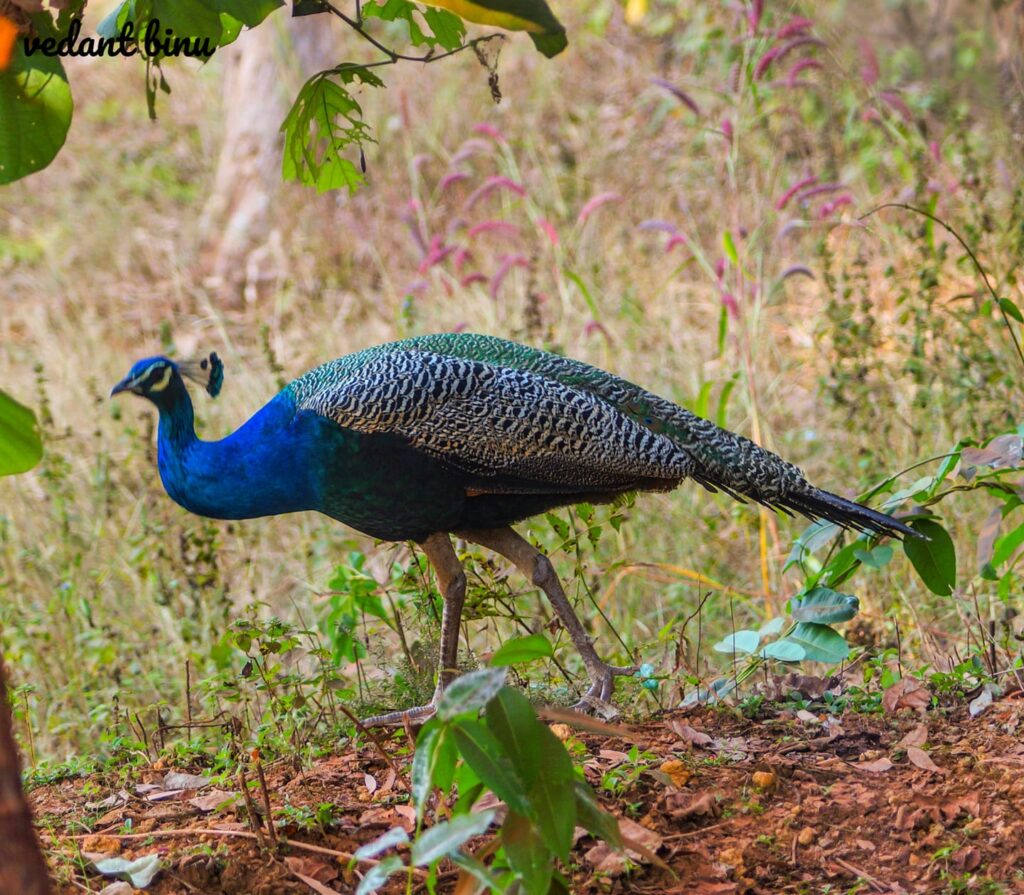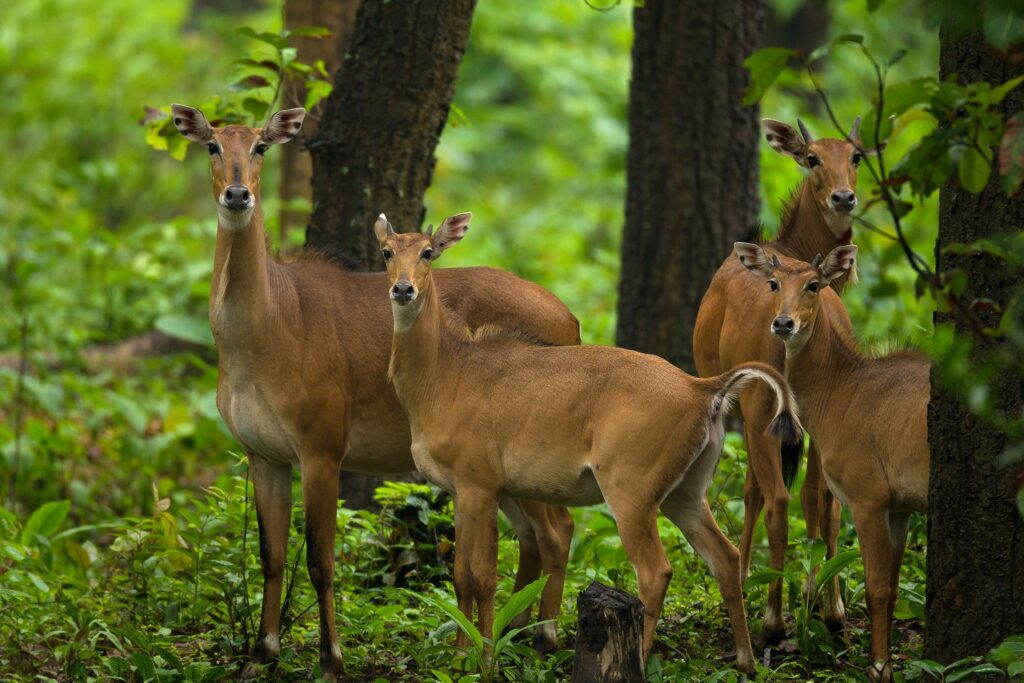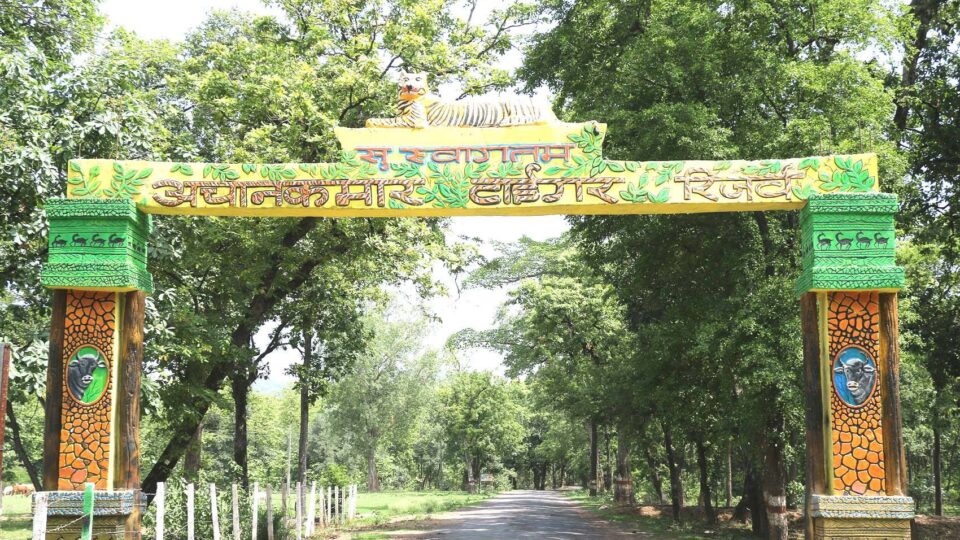Female guides setting new paths at Achanakmar Tiger Reserve
In an unprecedented move towards encouraging women employment in the region, Government of Chhattisgarh and the Forest Department has inducted female forest guides at Achanakmar Tiger Reserve. Seven women from the Bindawal village have been performing the duties of forest guides since January 2017. As Bindawal falls under the territories of the tiger reserve, the employment opportunities for women are gravely restricted. The idea of female forest guides was pitched by the forest rangers during a village meeting. Though the initiative was received with some apprehensions, the women of the village soon were soon on board for the new employment opportunity. Predominantly farmers, women of the region have always been looking for new employment avenues as the agriculture produce is greatly harmed by the wild animals co inhabiting the region.
A special team from Kanha Tiger Reserve was brought in to train the newly appointed guides. During the month-long training, the female guides were educated about various aspects of the jungle including English names of the animals as well as the flora and fauna inhabiting the tiger reserve. The trainers laid great emphasis on basic etiquettes and communication skills required by the trains for interactions of the visitors. The positive reactions of the trainers and their encouragement played a major role in the confidence build up of the newly appointed forest guides.




The female guides, majority of them still in their teens, credit the support and encouragement of their seniors for their success. Though the female guides were looked upon with apprehension by their male counterparts, their dedication and handwork helped them adjust into the system in no time.
During an interaction with the female guides, the confidence and sincerity of the guides was evidently clear. Geeta Devi, the eldest amongst the guides, joined the initiative with the sole intention to improve the financial condition of her family. “We cannot rely solely on agriculture to make our ends meet, thus a second source of income is helping us improve our financial stability. Stern with her thoughts and exuberance, Geeta adds that the female guides faced similar problems to any other woman trying to earn her livelihood in the predominantly male environment. “We work as a team, looking after and protecting the interests of each other. We are forced to travel together for our safety”, added Geeta.
Parmeshwari, nineteen, informed that the training came very organically to them as they have been born and bred in the same jungle. “We know this jungle on the back of our hands. As we have grown up with wild animals around us, we already know the basic behavioural limitations.”
The training is already yielding great results as Parmeshwari helps amateur birders spot Red Vented Bulbul, Turtle Dove, Hornbills and other raptors during the safari. The female forest guides have received great adulation for their politeness and knowledge by the visitors. There have been instances where the visitors have specifically asked for female guides on their second trip. Interactions with the tourists have greatly transformed the personalities of the guides. “We have learnt a lot of new things from the tourists. Their experiences and knowledge of the have played a major role in polishing our skills and enhancing our knowledge of the lives outside the jungle.”
The guides come face to face with different types of personalities during a regular day at office. “A large number of tourists come to the jungle only to see the tiger. They completely overlook the beauty and calm surrounding them in this jungle”, complains Durga, youngest amongst the lot. A very small ratio of the tourists come for the serenity of the jungle and some come there to take a step back from the hustle bustles of the city life, informed the guides.
On being questioned about the reaction of their families, the guides informed us that their families are very proud of them to work in a rather male dominated society. “My father is very happy that I help him shoulder the responsibility of running the family”, exclaims Durga.
“Though we step out of the house to earn a living, we have always made it a point to ensure that our domestic responsibilities are never overshadowed”, pitches in Geeta.
The guides continue to express keen interest in garnering new knowledge about their co habitants.
Anupam Singh Sisodia, a naturalist who has spent a great amount of time documenting butterflies at the Achanakmar Tiger Reserve, informed us that the group has always shown eagerness to learn the different types of butterflies in their surroundings.
The biggest takeaway from the initiative is the immense growth in the self confidence and personality of the women. The village women, who earlier felt awkward and shy amongst the visitors, can now be seen interacting with them with great ease. “We would initially run at the first sight of men, even forest rangers, today we face our subordinates with confidence, generated by exposure we get from our work”, said Parmeshwari.
The unbelievable transformation of the female guides into strong independent women has ensured that more women from the region have expressed their desire to join the ranks. “We will personally make sure that every woman wanting to follow our footsteps is trained to perfection. Our on field experiences and knowledge will greatly help the aspiring guides in preparation for the days to come”, exclaimed a proud Durga all set to turn into a mentor for the aspirants.
Achanakmar Tiger Reserve, situated 190kms away from the state capital of Chhattisgarh, is spread across 914 sq kms.
Leopards, Wild Dogs, Hyena and Sambhar also call Achanakamar Tiger Reserve their home. According to the last census in 2014-2015, 26 tigers were found to inhabit the Achanakmar Tiger Reserve. Sal, Bamboo and teak trees form a major part of the forest. A large number of researchers have been flocking the jungle due to the presence of six hundred documented medicinal plants.
Geo-physiographically, the Achanakmar Forest is an apt representative of the Central Indian Highlands. The region mainly on the eastern highlands of maikal range blends with Kanha Tiger Reserve of Madhya Pradesh through the Achanakmar-Kanha corridor completing the Greater Maikal landscape.

